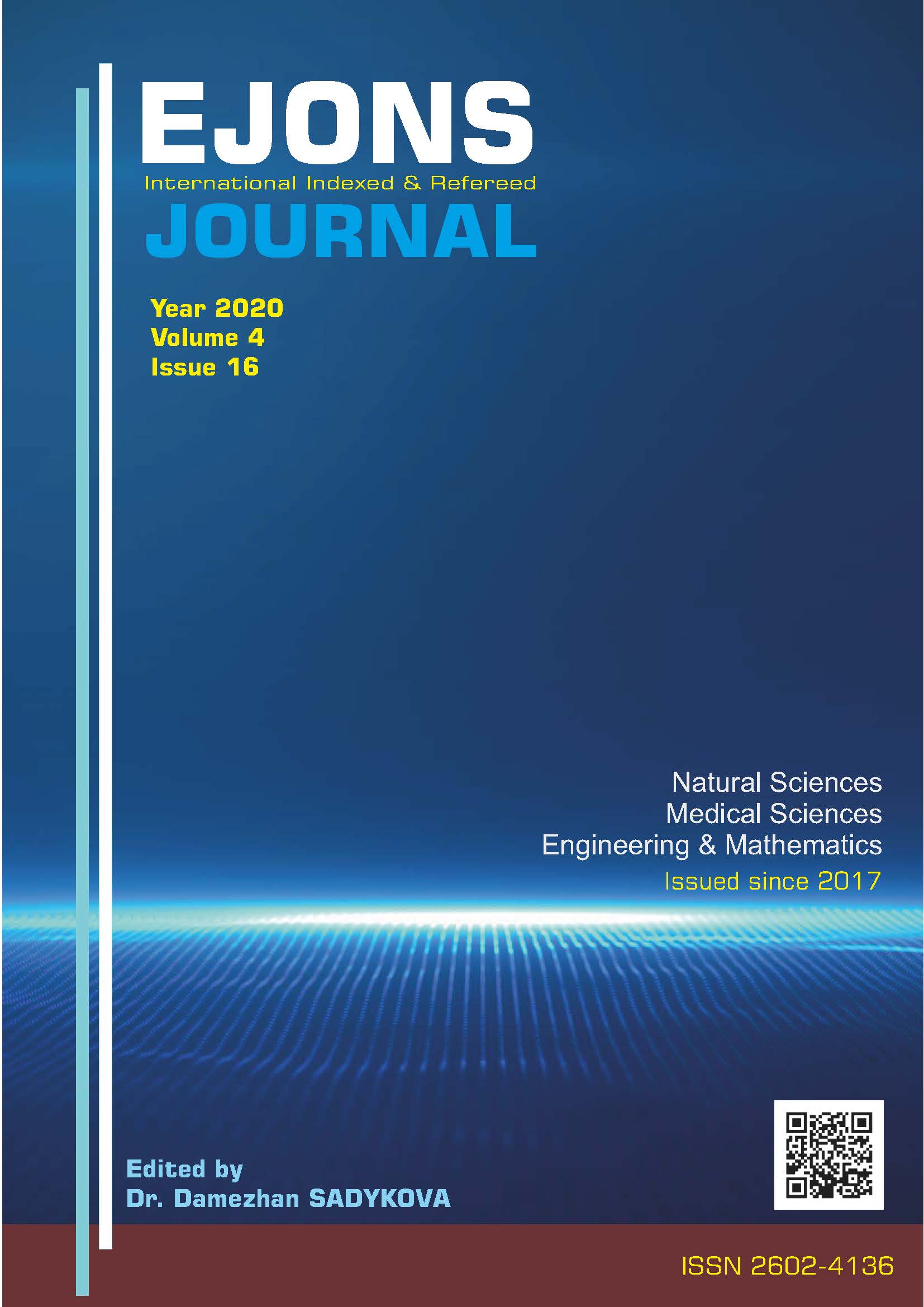Arrhythmia Diagnosis from ECG Signal Using Tree-based Machine Learning Methods
DOI:
https://doi.org/10.38063/ejons.361Keywords:
Arrhythmia Classification, Cloud Computing, Google Colaboratory, Machine Learning, Signal ProcessingAbstract
Today, heart diseases that cause the death of people are becoming more common. Pre-diagnosis of heart diseases is important for both patients and clinicians. Electrocardiography (ECG) is a bioelectrical signal used in the diagnosis of heart disease. Noise reduction, feature extraction, feature selection and classification methods that diagnose cardiac arrhythmia are being developed to be used in computer-aided diagnostic systems. In this study, a computer-aided diagnosis system that detects arrhythmia using the MIT-BIH Arrhythmia Database (MIT-BIH AD) is proposed. ECG recordings in MIT-BIH AD are denoised of baseline wander using Chebyshev Type II Filter. Then, the positions of the R peaks belonging to the heartbeats in the ECG recordings were obtained by using the annotation files in MIT-BIH AD. The R peaks of the heartbeats in the ECG signal were divided into sub-bands using the DWT method using a 256 sample-wide window. The features have been created by using the sub-band coefficients. The obtained features have been normalized in the interval of [0,1]. Significance levels of features have been found using SelectKBest method, chi2 score function. The most effective 27 features have been obtained by using these levels. In this study, two data sets consisting of 170 features and 27 selected features have been obtained. These data sets have been divided into two as the training set (2/3) and testing set (1/3). In this study, Random Forest, Extra Trees and Decision Tree Classifiers have been used as machine learning methods. Among these methods, Random Forest classifier has obtained the best performance result. Finally, a computer-aided diagnosis system has been proposed to assist healthcare professionals in the diagnosis of arrhythmia using the data set containing 10-class arrhythmia heartbeats and with DWT-based features. The software and hardware requirements of the machine learning methods in this study have been met using Google Cloud Computing based Google Colaboratory.
Downloads
Published
How to Cite
Issue
Section
License

This work is licensed under a Creative Commons Attribution-NonCommercial 4.0 International License.


